
Sharks are among the ocean’s most intriguing predators. They are equipped with an array of sensory tools to navigate their underwater world. Their vision, enhanced by unique adaptations, plays a significant role in their hunting and survival strategies. This article explores the science behind shark vision, their sensitivity to contrasts, and how specific colors, materials, and movements can attract these apex predators.
How Sharks See the World

Sharks’ eyes share similarities with human eyes, featuring components like the pupil, iris, and retina. However, a key difference is the presence of the tapetum lucidum, a reflective layer behind the retina. This adaptation amplifies light exposure, enabling sharks to see in dim underwater conditions.
Rods and Cones in Shark Vision
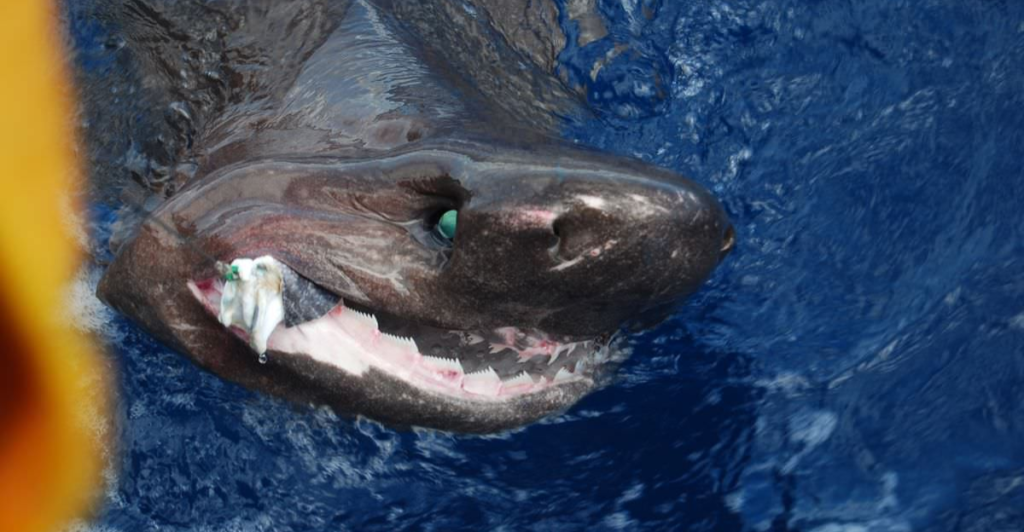
The rods and cones in a shark’s retina determine their ability to see light and colors. Sharks possess abundant rods, making them highly sensitive to light and dark contrasts. However, their limited cones mean most sharks are either colorblind or see only a narrow spectrum, relying heavily on contrasts rather than a full range of colors.
The Power of Contrast

Sharks’ ability to detect contrasts is critical. In the murky depths of the ocean, identifying prey or navigating obstacles depends on noticing sharp differences in light and dark. This reliance on contrast rather than color perception has significant implications for their behavior.
The Allure of Yellow
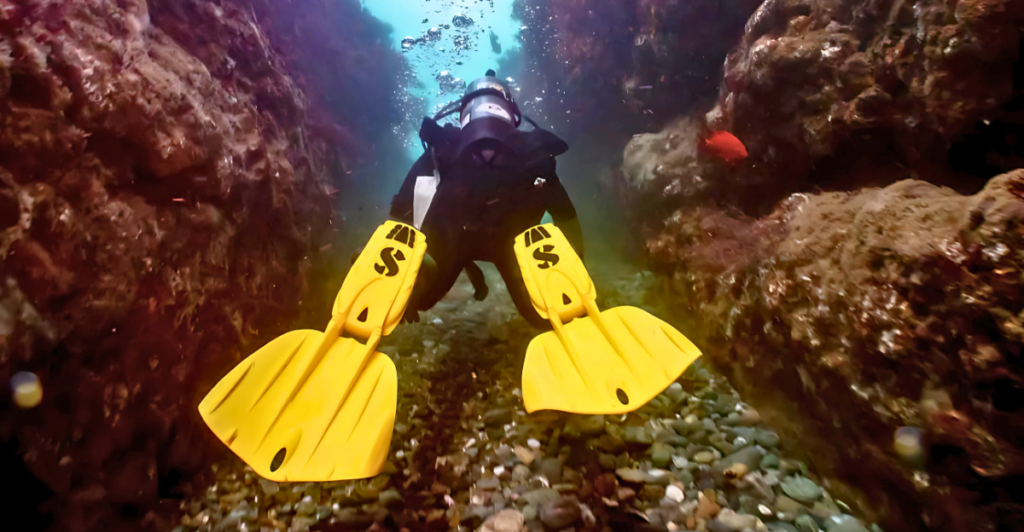
Often referred to as “yum-yum-yellow,” the color yellow is notorious for attracting sharks, particularly Great Whites. In the blue-green ocean backdrop, yellow stands out due to its high contrast. This resemblance to certain prey species makes it an effective attention-grabber, even for sharks with limited color vision.
The Role of Red
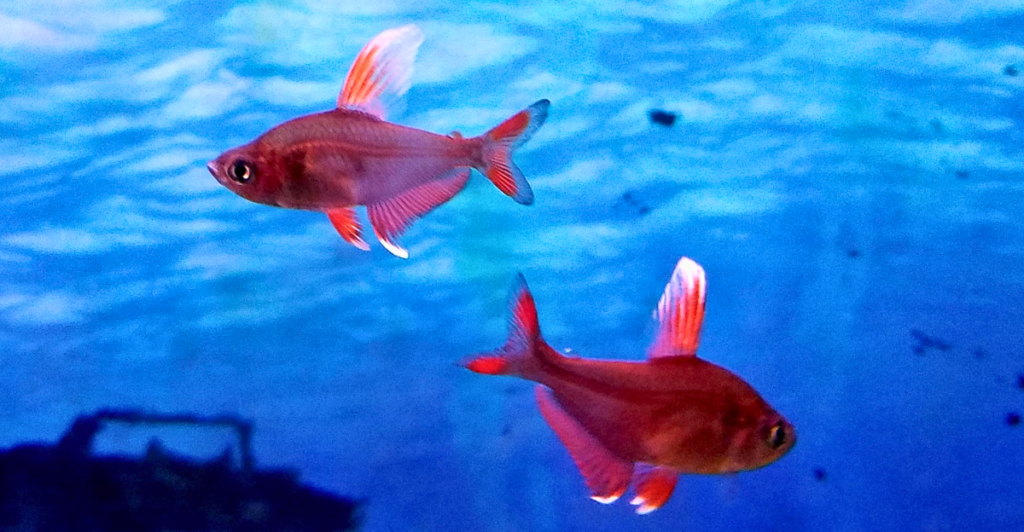
While red light is absorbed quickly underwater, turning gray or black at depth, it still creates contrasts that can attract sharks. The muted red hue in deeper waters contrasts with the blue-green environment, drawing the attention of these predators, particularly when associated with movement or blood.
Orange: A Rare Signal
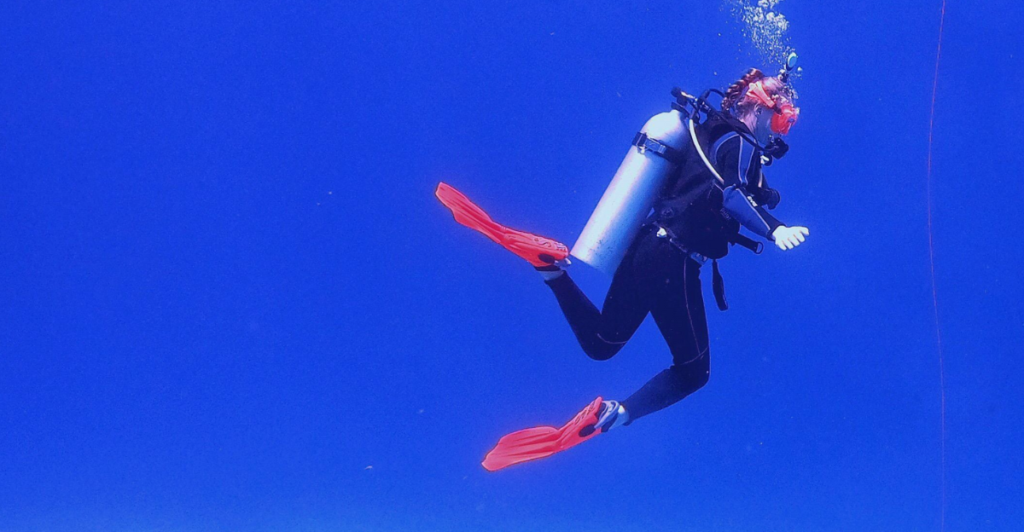
The rarity of orange underwater makes it stand out starkly against the oceanic background. Unlike many colors that fade at depth, orange remains visible, ensuring it catches the attention of sharks. This makes objects or individuals wearing orange highly noticeable in the water.
Metallics and Reflective Sheens
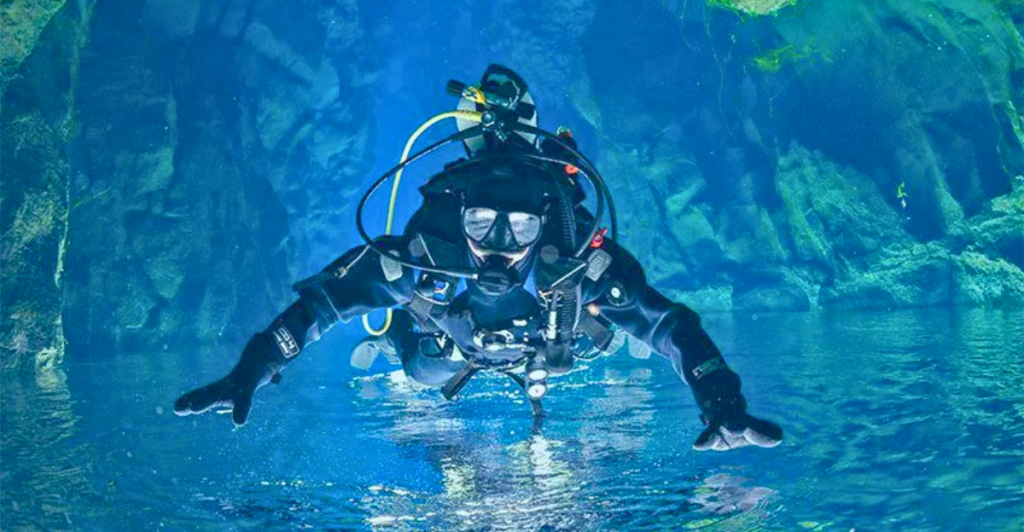
Metallic surfaces mimic the gleaming scales of certain fish species, resembling potential prey to sharks. The flashes and reflections of metallic materials create an enticing visual cue, especially in murky or low-light conditions, drawing sharks closer for investigation.
Reflective Materials and Light Play

Similar to metallics, reflective materials create unpredictable light patterns underwater. Sharks, highly attuned to detecting erratic movements and contrasts, are naturally drawn to these reflections, which mimic the behavior of wounded or small prey.
Beyond Color: Other Shark Attractants
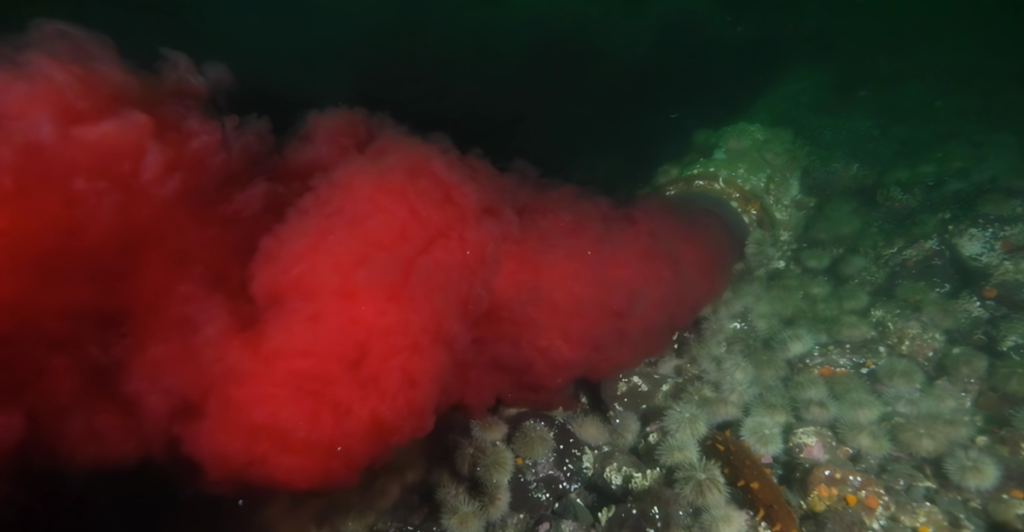
While colors and reflective materials are important, sharks are also attracted to other stimuli. Blood, particularly from marine prey, is a strong draw for these predators. Additionally, bait and odors from wounded fish can trigger their predatory instincts.
The Danger of Shiny Objects
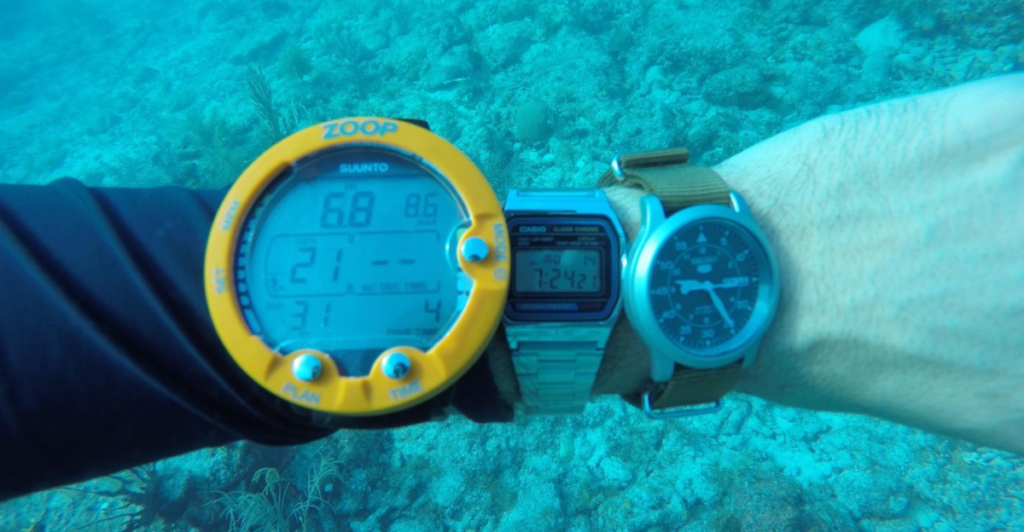
Shiny jewelry or accessories can attract sharks by resembling the flashing scales of fish. Swimmers are advised to avoid wearing such items in shark-prone waters to reduce the risk of mistaken identity and encounters.
Sound and Movement
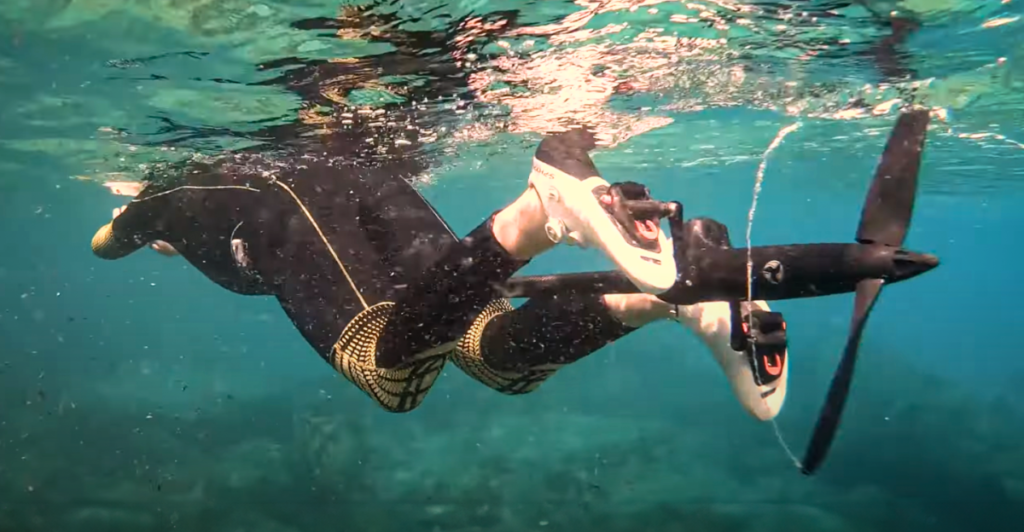
Sharks rely on sound even more than sight or smell. Irregular noises, such as splashing or the sounds of a wounded fish, can attract sharks from great distances. Rapid or excessive body movements can further pique their interest, simulating the behavior of struggling prey.
Shark Hotspots in the U.S.

Certain regions in the U.S. see higher shark activity, particularly along the Atlantic coast. Florida, especially New Smyrna Beach, is known for frequent encounters. Other hotspots include the Carolinas, Long Island, Southern California, and Hawaii, where warm waters and abundant marine life create favorable conditions for sharks.
This breakdown highlights the fascinating ways sharks perceive their environment and what draws them closer, offering insights into how humans can stay safe in shark-inhabited waters.
Stay connected with us for more stories like this! Follow us to get the latest updates or hit the Follow button at the top of this article, and let us know what you think by leaving your feedback below. We’d love to hear from you!







